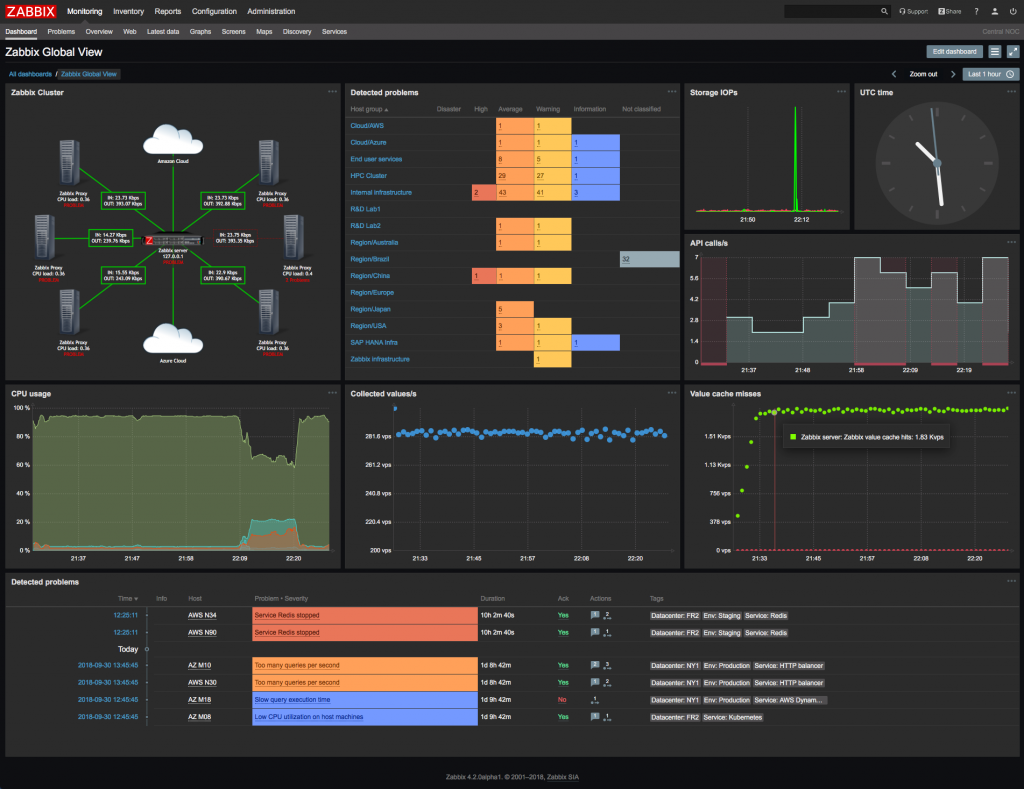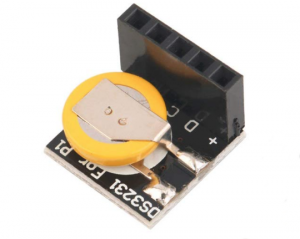I received an interesting Email last week from someone who wanted to know if I knew how to monitor an AM2315 temperature sensor attached to a Raspberry Pi using a Zabbix server.
My response? Ummm… What is Zabbix? After some brief research, I was introduced to another stellar open-source project with terrific documentation.

Zabbix is a platform used by IT professionals all over the world to monitor their infrastructure. The platform consists of a server component and a deployable agent that runs on nearly anything. The agent is used to report back to the server performance metrics such as memory, disk, CPU utilization, and a boatload of other metrics. All in a beautiful and configurable dashboard.
The Zabbix system is very flexible and allows the creation of custom agent commands that allow you to configure and monitor any platform.
I was so intrigued by this newly discovered gem, I downloaded and installed it on a Raspberry Pi3. I have written a ‘How-To’ document that walks through the process.
In upcoming posts I will show how cool this platform really is. In fact, I will even show how to report temperature sensor and other data to a Zabbix server.

